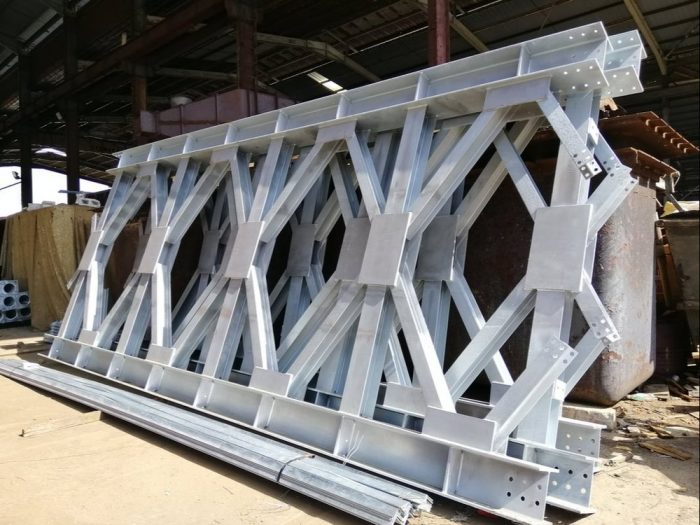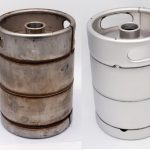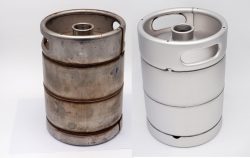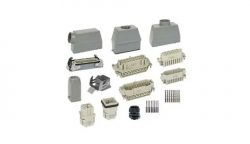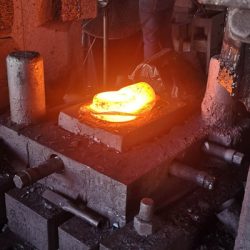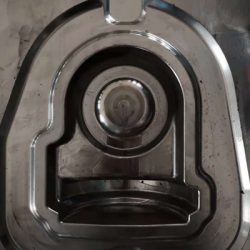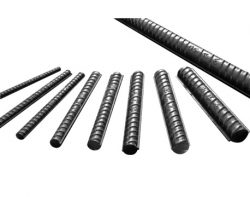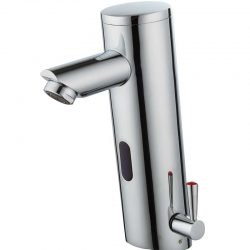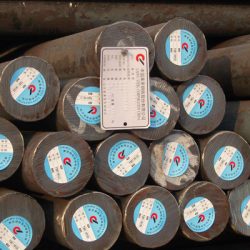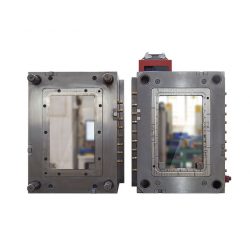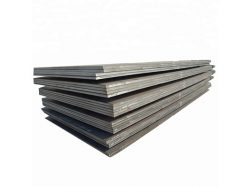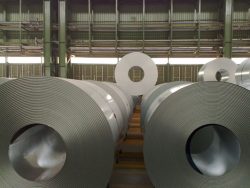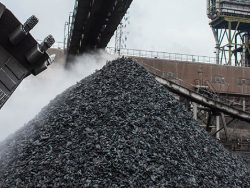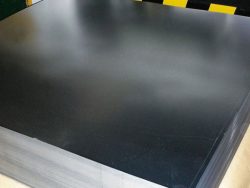Hot-dip Galvanizing
Hot-dip Galvanizing
What is the difference between hot-dip galvanizing and cold galvanizing?
1. Concept analysis
Hot-dip galvanizing: also called hot galvanizing. It is an effective method of metal anti-corrosion. It melts zinc ingots at high temperatures, puts in some auxiliary materials, and then immerses the metal structural parts in a galvanizing bath. In it, a layer of zinc is attached to the metal components to achieve the purpose of anti-corrosion. The advantage of hot-dip galvanizing is that it has strong anti-corrosion ability and the galvanized layer has good adhesion and hardness, thus achieving the purpose of anti-corrosion.
Cold galvanizing: It is electro-galvanizing. The amount of zinc applied is small, only 10-50g/㎡. It is a process that uses electrolysis to attach a metal film to the surface of metal or other material parts. The process of forming a uniform, dense, and well-bonded metal layer can prevent corrosion, improve wear resistance, conductivity, reflectivity, and enhance aesthetics.
2. Differences in reaction methods
Hot-dip galvanizing is a chemical treatment and is an electrochemical reaction. Hot-dip galvanizing makes the molten metal react with the iron matrix to produce an alloy layer, thereby combining the matrix and the coating.
Cold galvanizing is a physical treatment. It just brushes a layer of zinc on the surface, so the zinc layer is easy to fall off. Hot dip galvanizing is often used in building construction.
3. Process differences
Hot-dip galvanizing involves degreasing, pickling, dipping, and drying the workpiece, then immersing it in the molten zinc solution for a certain period of time and then lifting it out.
Cold galvanizing uses electrolytic equipment to degrease and pickle the workpiece and put it into a solution composed of zinc salts, and connect it to the negative electrode of the electrolytic equipment; place a zinc plate opposite the workpiece and connect it to the positive electrode of the electrolytic equipment, and turn on the power, using the directional movement of current from the positive electrode to the negative electrode, a layer of zinc will be deposited on the workpiece.
4. Differences between galvanized finished products
Differences in galvanized finished products: The surface of hot-dip galvanizing is not as delicate and bright as cold galvanizing, and the coating is uniform. However, the thickness of the zinc layer is dozens of times that of cold galvanizing. The anti-corrosion performance is also dozens of times that of electroplated zinc.
Hot galvanizing, also known as hot-dip galvanizing, involves removing oil and rust from the steel workpiece to present a dirt-free, wetted surface. The workpiece is immediately immersed in a plating bath where the zinc has been heated and melted in advance to form a layer of zinc on the surface of the workpiece. zinc plating method.
Cold galvanizing is to hang the workpiece that has also been degreased and rusted, showing no dirt and infiltration, onto the cathode in a special electroplating tank, and the anode is zinc. When the DC power supply is turned on, the zinc ions on the anode migrate to the cathode and are discharged on the cathode, so that the workpiece is coated with a layer of zinc. The coating of hot-dip galvanizing is thicker, generally 30-60 microns, and the coating has higher anti-corrosion capabilities.
Electro-galvanized, the surface of the workpiece is smooth and flat, but because the coating is relatively thin, electro-galvanized is generally within 5-30 microns, so the anti-corrosion time will be relatively short. They are all used for rust prevention of indoor parts, such as chassis bottoms, panels, small-size fasteners, etc.
In suburban environments, the standard hot-dip galvanized rust-proof thickness can be maintained for more than 50 years without repair; in urban or offshore areas, the standard hot-dip galvanized rust-proof layer can be maintained for 20 years without repair;
5. Differences in uses
Hot-dip galvanizing: suitable for long-term rust prevention of steel parts for outdoor work, such as highway fences, power towers, large-size fasteners and other relatively “rough” workpieces. Earlier iron water pipes were also hot-dip galvanized.
Electro-galvanizing: It is used to prevent rust of indoor parts, such as the bottom of the casing, panels, small-size fasteners, etc.
6. Price difference
The galvanizing process is faster than other coating application methods and eliminates the time required to paint on site after installation.
Low treatment costs: The cost of hot-dip galvanizing for rust prevention is lower than the cost of other paint coatings;
In general, the cost of hot-dip galvanizing is lower than applying other protective coatings. The reason is simple. Other protective coatings such as sandblasting and painting are labor-intensive processes. On the contrary, the process of hot-dip galvanizing is highly mechanized and tightly controlled. Construction inside.
Cold galvanizing can only be plated on one side, while hot dip galvanizing must be fully galvanized. And hot-dip galvanizing generally has a thicker galvanized layer than cold galvanizing, so the price of hot-dip galvanizing is higher than that of cold-dip galvanizing.
7. Environmental issues
Hot-dip galvanized square and rectangular pipes emit less pollutants, mainly waste acid from pickling workpieces.
The pollutants of cold galvanizing mainly include waste acid from pickling workpieces, waste electroplating liquid, waste passivation liquid, etc. The types and quantities of emissions are much greater than those of hot-dip galvanizing.
https://www.yxtechco.com/hot-dip-galvanizing.html
